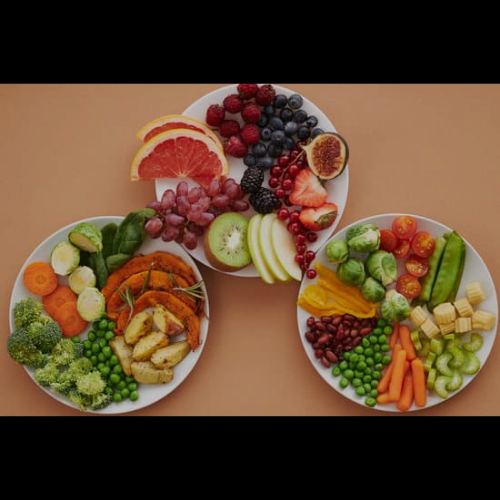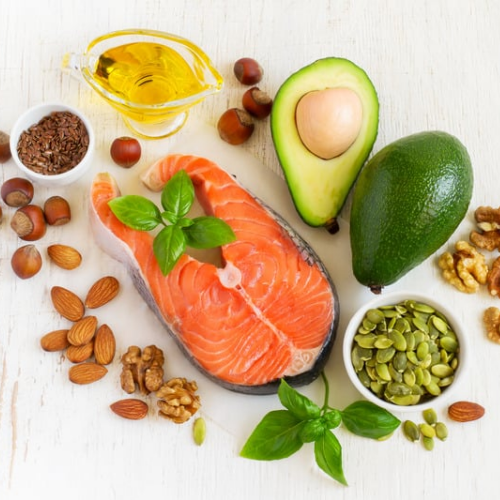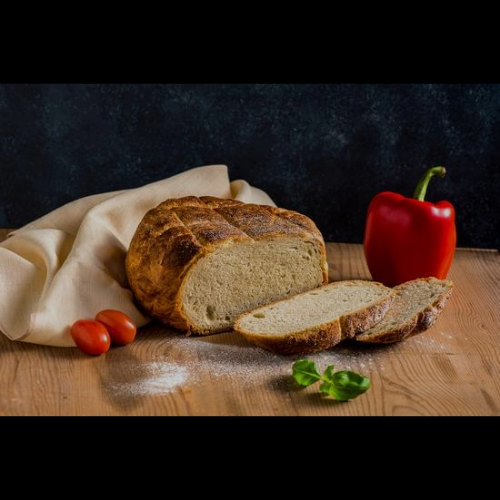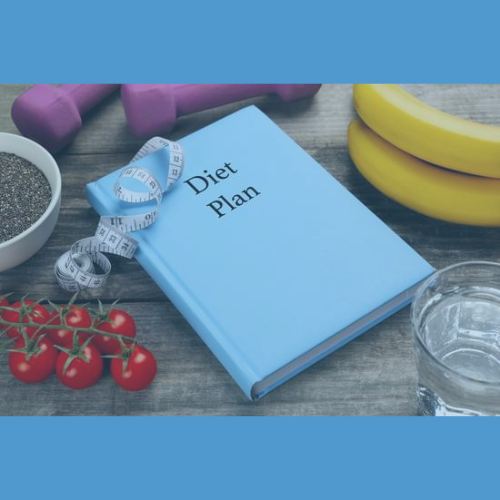Table of Contents
Interoduction
Have you come across the 90-30-50 diet plan on social media and be astonished what it really means? This trending formula has gained attention for its simplicity and effectiveness. In this guide, we break down what the 90-30-50 plan is, how it works, its benefits, and whether it might be the right fit for you.
Understanding the 90 30 50 Diet Plan
The 90-30-50 diet plan refers to a everyday macronutrient intake:

90 grams of proteins
30 grams of fats
50 grams of carbohydrates
This fixed macro ratio is designed to:
Encourage lean muscle growth
Reduce fat gain
Promote metabolic health
Why Protein Dominates?
Protein plays an important role in building muscle, keeping you full, and promoting weight loss. At 90 grams per day, this plan ensures that protein is your main fuel.
Sample 1-Day Meal Plan Here’s how a regular day might look:
Breakfast:
2 boiled eggs
1 slice whole grain toast
Black coffee (no sugar)
Lunch:
Grilled chicken breast
Steamed broccoli
A few slices of avocado
Snack:
Greek yogurt (unsweetened)
Handful of almonds
Dinner:
Grilled fish
Stir-fried vegetables in olive oil
The Rationale Behind the Ratio
1. 90% Non-Caloric meals: Emphasizing non-caloric meals permits people to eat more fiber and fewer calories. These foods are often high in vitamins, minerals, and antioxidants, which promote general health and wellness and aid in weight loss.

2. 30% Healthy Fats: Fats are required for a well-balanced diet. The trick is to consume healthy fats, which provide satiety and are essential for nutrient absorption. Incorporating fats including olive oil, almonds, and avocados might help people feel satiated for longer, lowering the temptation to overeat.

3. 50% Carbohydrates: Carbohydrates are sometimes maligned in diets, but they are the body’s principal energy source. The 90 30 50 diet plan encourage complex carbs, which release energy slowly and assist to maintain blood sugar levels. This strategy helps to maintain energy levels and reduce cravings.

Advantages of the 90 30 50 Diet Plan
1. Sustainability: Unlike restrictive diets that remove entire food groups, the 90 30 50 diet is adaptable. It distribute for a wider choice of foods, making it simpler to stick to in the long term.
2. Nutritional Balance: The diet deliver a balanced intake of key nutrients, supporting total health rather than just weight loss. It aids to prevent nutrient deficits that are sometimes associated with fad diets.
3. Weight Management: By emphasizing complete, nutrient-dense foods & healthy fats, this diet can help control hunger and cravings, resulting in more conscious eating and, ultimately, better weight management.
4. Increased Energy Levels: With a concentration on complex carbs and healthy fats, individuals constantly enjoy elevated energy levels, boosting their overall quality of life and capacity to engage in physical activities.
5. Improved Digestion: The high fiber content of fruits, vegetables, and whole grains helps digestive health, reducing symptoms like bloating and constipation.
How to Implement the 90 30 50 Diet Plan
Step 1: Determine Your Caloric Needs
Before beginning the 90 30 50 diet plan, you should calculate your daily caloric requirements based on your age, gender, activity level, and weight objectives. Several internet calculators can help with this.
Step 2: Calculate Macronutrient Ratio
Once you’ve determined your calorie needs, you may calculate the grams of each macronutrient you should consume.
For example: If you intake 2,000 calories per day:
Non-caloric foods: 90% = 1,800 calories (450 grams at 4 calories per gram).
Healthy fats: 30% equals 600 calories (67 grams at 9 calories per gram).
Carbohydrates: 50% equals 1,000 calories (250 grams at 4 calories per gram).
Step 3: Menu Planning
Breakfast: Start the day with a nutritious meal that combines complex carbohydrates & healthy fats. For instance, oatmeal topped with nuts and fresh fruit, or a smoothie made with spinach, banana, and peanut butter.
Lunch: Include a variety of veggies, lean protein, & a healthy fat source. A quinoa salad with mixed greens, chickpeas, avocado, and lemon vinaigrette is an excellent preference.
Dinner: Go for a colorful platter. Grilled salmon with roasted sweet potatoes & steamed broccoli is a delicious and nutritious dish.
Snacks: Keep healthy snacks on hand to preserve energy and avoid cravings. Greek yogurt with berries, hummus with carrot sticks, and nuts are also choice.
Step 4: Stay hydrated
Hydration is an integral part of any diet regimen. Aim to drink plenty of water all day. Herbal teas or fruit-infused water can provide variety.
Step 5: Track progress
Keep track of your eating habits, energy levels, and weight fluctuations. Adjust your macronutrient ratios as required based on your body’s response. The idea is to achieve a balance that seems both sustainable and healthful.
Challenges & Considerations
1. Flexibility: Although the 90 30 50 diet plan is flexible, some people may struggle with strict readings of the ratios. It’s captious to approach this plan with a focus on balance rather than perfection.
2. Social Situations: Eating out or attending social gatherings might be challenging. Focus on making better option while allowing for occasional treats.
3. Individual Needs: Everyone’s nutritional requirements are distinct. Some individuals may need modifications based on their activity level, health problems, or personal preferences.
4. Mindful Eating: Practice mindfulness when eating by savoring each meal and noticing hunger signs. This approach can help to maximize the advantages of the diet plan.
Deepening Your Understanding: Macronutrients Explained
Carbohydrates
Carbohydrates are the body’s main source of energy. They can be characterized as simple or complex carbohydrates:
Simple Carbohydrates: Found in sugars, they give fast energy but might cause blood sugar increases. Candy, soft beverages, and baked items contain a lot of simple sugars.
Complex carbohydrates are made up of longer chains of sugar molecules that release energy more gradually. Whole grains (quinoa, brown rice), legumes (beans, lentils), and starchy vegetables (sweet potatoes, corn) are also good sources.
Fiber: A key component of complex carbs, fiber improves digestion and regulates blood sugar levels. Consume at least 25-30 grams of fiber per day from fruits, vegetables, whole grains, and legumes.
Proteins
Proteins are required for a variety of body processes, including muscle repair, hormone generation, and immune system maintenance. They are composed of amino acids, some of which are required and must be supplied by diet.
Complete versus Incomplete Proteins:
Complete proteins include all essential amino acids. Animal items such as meat, dairy, and eggs contain complete proteins.
Incomplete proteins lack one or more necessary amino acids. Most plant-based proteins, such as beans and nuts, are incomplete, but can be combined to form a full protein profile (for example, rice and beans).
Fats
Healthy fats promote brain function, hormone production, and fat-soluble vitamin absorption (A, D, E, and K). Focus on unsaturated fats, which are good for your heart. Sources include:
Monounsaturated fats include olive oil, avocados, and almonds.
Polyunsaturated fats include fatty fish (salmon, mackerel), flaxseeds, and walnuts.
Limit your intake of saturated fats (found in red meat, butter, and processed foods) and stay away from trans fats, which can raise your risk of heart disease.
Is It Right for Every Person?
This plan may not suit everyone, particularly:
Diabetics
Pregnant or breastfeeding women
People with kidney conditions Always consult your doctor before making major dietary modification.
90-30-50 Diet for PCOS & Belly Fat Women with PCOS often benefit from low-carb, high-protein diets. This macro split may help stabilize insulin levels and decrease belly fat.
Frequently Ask Questions: The 90 30 50 Diet Plan
Q: Is this diet keto?
A: Nope, it’s low-carb, but not high-fat like keto.
Q: Can vegetarians follow this 90 30 50 Diet Plan?
A: Yes! Use tofu, paneer, legumes, & Greek yogurt for protein.
Q: Can I follow this long term?
A: Yes, if it suits your lifestyle and meets your nutritional requires.
Conclusion
The 90-30-50 diet plan offers a straightforward approach to eating mindfully. With the proper planning, it can support weight loss, muscle maintenance, and general wellness.
Related Post :
[PCOS Diet Plan That Works]
[Fatty Liver Diet Guide]
[Easy Morning Exercise for a Healthy Start]
Let us know in the comments if you have tried this diet or plan to start!
Disclaimer: This blog is for educational purposes only. Always seek guidance from a certified nutritionist or doctor.
